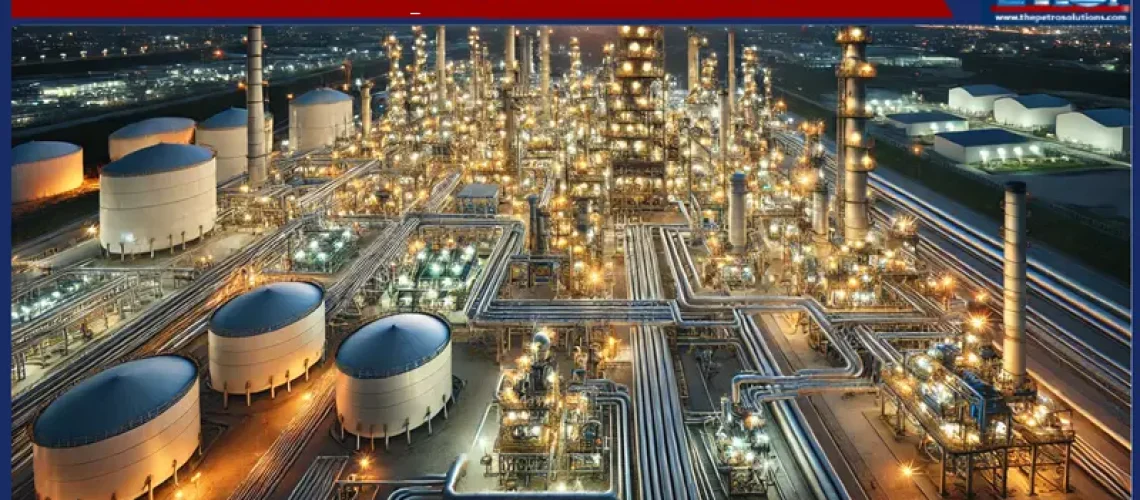In Functional Safety and SIL assessment, the Risk Reduction Factor (RRF) serves as a key parameter metric, providing a quantitative measure of how much risk must be mitigated to achieve acceptable safety levels. The RRF bridges the gap between existing risk and tolerable risk, guiding organizations toward safer and more reliable operations.
What is the Risk Reduction Factor (RRF)?
The RRF quantifies the level of risk reduction required to bring the actual risk of a process or facility down to an acceptable level, as defined by the organization. It is calculated using the simple formula:
RRF=Actual Risk / Tolerable Risk or RRF = Mitigated Event Frequency / Tolerable Frequency
For example, if the Tolerable risk (Multiple Fatalities due to rupture of a Toxic gas vessel) is 2E-5 events and actual frequency of the event is 0.01 per year. Then RRF is =0.01/2E-5 then RRF= 500 which is SIL-2.
This formula highlights the relationship between the current state of risk and the desired safety target. A higher RRF indicates a significant risk gap, requiring more robust safety measures, while a lower RRF suggests that existing risks are closer to acceptable thresholds.

There are two types of RRF
- the target RRF, which is the RRF required to achieve sufficient risk reduction for the specific application
- the RRF achieved (sometimes called “theoretical RRF”), which is the RRF predicted by calculation from a given configuration of hardware elements and parameters.
The target RRF of the SIF must be defined, since the SIF’s design varies depending on the RRF requirement. RRF is normally defined during the SIL assessment process.
To define the RRF, we evidently need to know two frequency values:
• The predicted frequency of harm if the SIF did not exist but other Independent Protection Layers are considered (usually known as the mitigated event likelihood or MEF), MEF = UME* Total PFDs of IPLs other than SIF
• The maximum tolerable frequency of harm for that type of event
RRF and the Probability of Failure on Demand (PFD)
The RRF is inversely related to the Probability of Failure on Demand (PFD), which represents the likelihood of a safety system failing when it is required. The mathematical relationship is expressed as:
RRF=1/ PFD
This equation underscores the importance of reliability in safety systems. A low PFD means a high RRF, reflecting an efficient and dependable system capable of mitigating risks effectively. For example, a system with a PFD of 0.01 has an RRF of 100, meaning it can reduce the risk by a factor of 100.
Why is RRF Critical?
The RRF is more than just a number—it is a benchmark for designing and evaluating Safety Instrumented Functions (SIFs). Here’s why it matters:
- Guides Safety System Design: By identifying the required RRF, organizations can tailor their safety systems to meet specific risk reduction needs. This ensures resources are focused where they are most impactful.
- Ensures Compliance: Many industries operate under strict regulatory frameworks. The RRF helps organizations demonstrate that their safety measures align with these standards, avoiding penalties and ensuring operational continuity.
- Enhances Decision-Making: The RRF provides a clear, quantifiable goal for risk reduction efforts, enabling more informed decisions about safety investments and system upgrades.
Real-World Application of RRF
Consider a facility where the risk of an incident is assessed at 1 in 1,000 per year, but the tolerable risk level is set at 1 in 100,000 per year. The required RRF would be:
RRF=0.001/0.00001 = 100
This RRF of 100 shows that the facility needs safety measures capable of reducing the risk by a factor of 100, such as implementing reliable SIFs or upgrading equipment.
Relationship of RRF with Safety Integrity Level (SIL)
Each SIL level corresponds to a specific range of PFD values and their equivalent RRF values.

References:
- IEC 61511
- Functional Safety from Scratch by Peter Clarke





